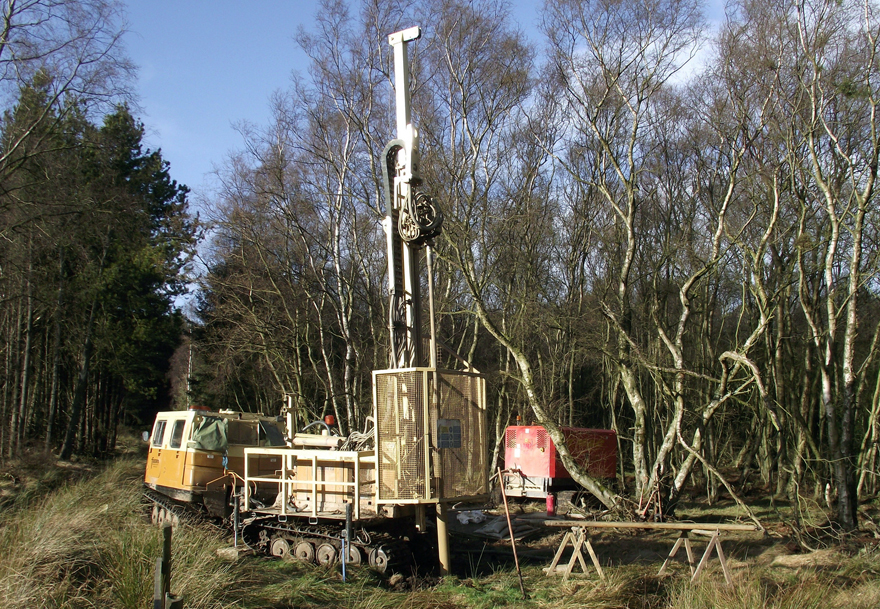Fugro bags geotechnical contracts at York Potash
2 August 2017Great Britain - Fugro has been awarded two contracts for geotechnical and geophysical investigations at the York Potash project. The project is to develop the world’s largest known high grade polyhalite deposit. Construction includes a new mine to extract the ore, a 37km tunnel hosting an underground mineral transportation system (MTS), a granulation facility in Teesside, and an export quay on the River Tees.
The first contract requires seven deep boreholes in shaft and tunnel locations at the new mine, for strength testing of the rock formation. Drilling will be carried out to depths of 420m.
Under the second contract, Fugro is carrying out an 11-month programme of seismic investigations and wireline logging which will be fully integrated with the geotechnical work to maximise both data yield and quality.
The combined programme will allow a detailed assessment of geological conditions to 500 metres depth ahead of tunnel boring machine operations along the MTS alignment.
A spokesperson for Fugro said, “Geophysical and drilling investigation, laboratory testing and geoconsultancy are being combined to create a detailed geological model. This will help reduce uncertainty in the subsurface in order to manage risks associated with planning, design and construction. “
Rod Eddies, Fugro’s geophysical lead on the project, said: “Supporting Sirius Minerals’ project, which includes the UK’s longest tunnel scheme, presents an exciting challenge. The information we are obtaining will provide Sirius with a more complete ground model along the tunnel alignment and will help in the design and planning of the tunnel boring machine operations.”
The two contracts are already underway, with drilling and sampling expected to continue to the end of the year and geophysical activities to May 2018. Fugro previously completed a series of geotechnical investigations across the project under three contract awards between 2013 and 2016. These have included preliminary geotechnical and hydrological investigations at the mine site, seven deep boreholes along the transport corridor and at the export dock, and a challenging deep inclined hole for fault characterisation.

